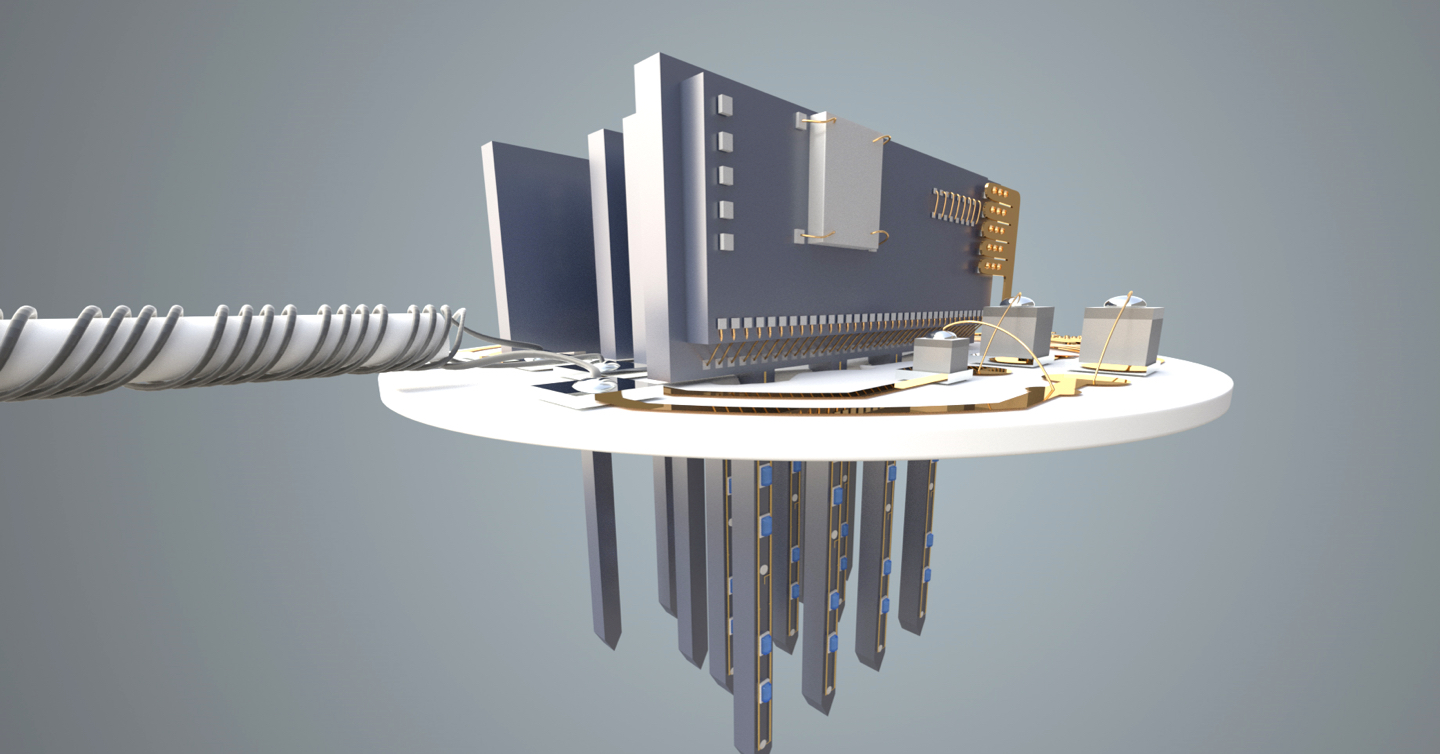Miriam Fsadni
Intermolecular charge transport: a novel design paradigm.
- Email: m.fsadni2@ncl.ac.uk
Supervisors
- School of Natural and Environmental Sciences
- School of Engineering
- Dr Pablo Docampo
Project description
Perovskite solar cells (PSCs) are widening the scope of photovoltaics (PVs) to applications beyond the effective capabilities of conventional silicon-based PVs. They can:
- operate efficiently under low light conditions
- easily be printed as cheap lightweight-flexible devices
This makes them suitable for integration within indoor and portable systems.
The organic hole transporter material (HTM) used plays a major role in controlling the performance and cost of PSCs. One challenge is charge recombination. This is due to charge build-up at the HTM/perovskite interface, which limits efficiency of the solar cell.
State-of-the-art HTMs, such as Spiro-OMeTAD, are also expensive and difficult to synthesise. This reduces their commercial viability. As a result, inexpensive aromatic amide, azomenthine and hydrazone-based HTMs have been developed. These use simple Schiff-base condensation chemistry. The structures can be tuned to optimise performance.
We are increasing understanding of the improved charge transport properties of novel materials with disrupted conjugation in the backbone. We are using condensation chemistry for synthesis. We are combining theoretical and experimental approaches.
Our theoretical studies of HTMs will provide an insight into properties affecting performance. Such properties include charge carrier mobility. We will use our findings to guide the design and synthesis of improved materials for use within PSCs, expanding on our range of molecules. We will test their optoelectronic and physical properties both in 'hole'-only devices and within PSCs. Using an iterative approach, we will optimise the design process to arrive at better performing HTMs.
This is an EPSRC CDT (ReNU) in Intermolecular charge transport: A novel design paradigm.
Interests
Charge transport and rational design of hole transport materials.
